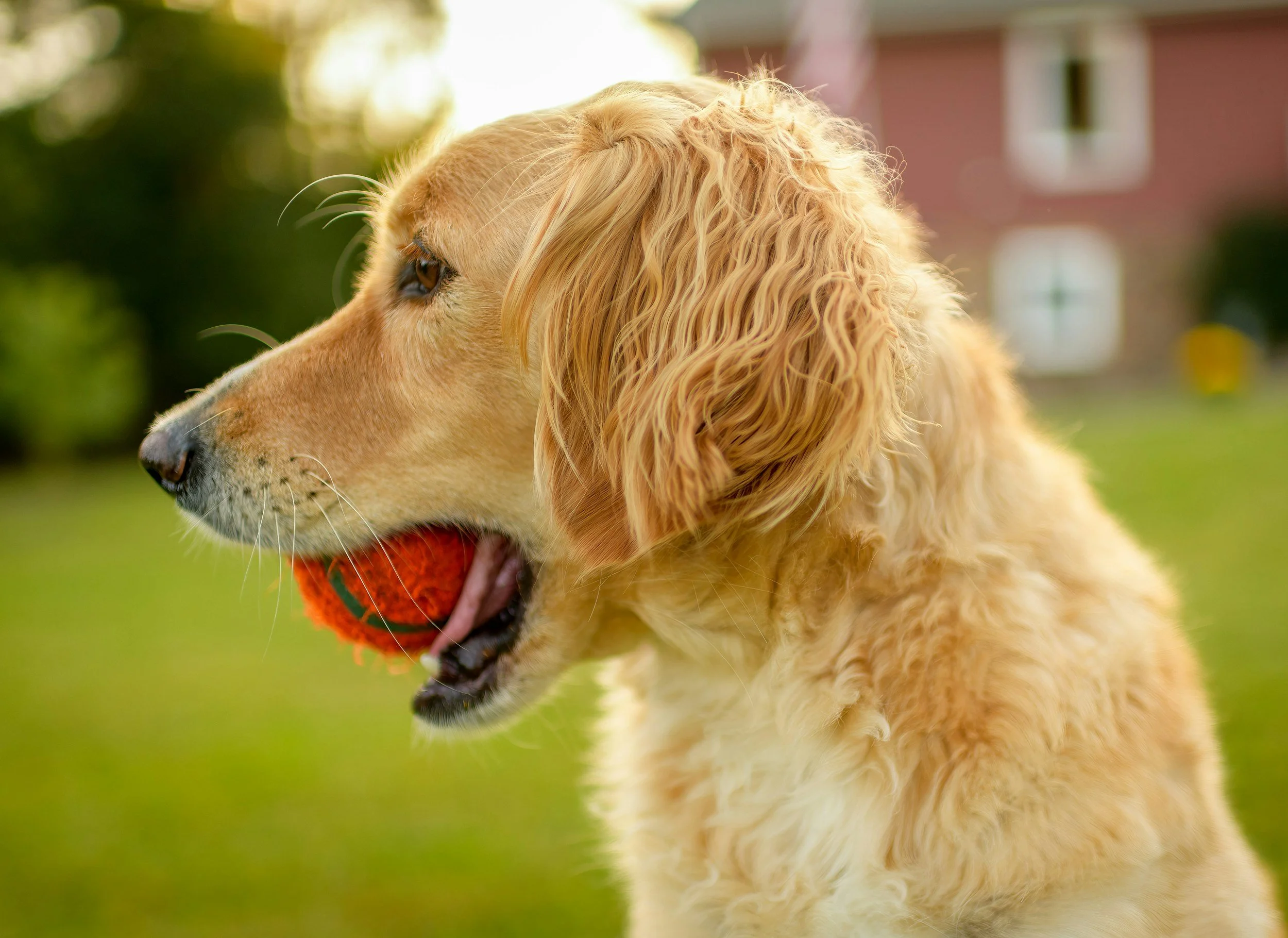How Anxiety Becomes Chronic + How To Get Free
Hi friends!
Let’s face it: anxiety is part of being human. It’s the internal fire alarm that gets us out of bed when we realize we’ve overslept, the zing of alertness before a big presentation, the “Are you sure you want to post that?” moment before hitting share on social media. In short doses, anxiety can be useful—even protective.
But what happens when anxiety stops being an occasional visitor and becomes a permanent roommate? You know, the kind that eats your snacks, interrupts your peace, and never pays rent?
When anxiety lingers beyond the moment, when it shows up uninvited during quiet afternoons or restful nights, when it begins to shape your decisions, behaviors, and identity—that’s when it becomes chronic.
Chronic anxiety is not a reflection of who you are. It’s not a flaw or a personal failing. It’s not an illness or disease. It’s a cycle—a loop of discomfort, resistance, and repetition that your brain and nervous system have gotten really, really good at running. Like a well-worn path in the woods, it becomes easier to walk the more it’s used.
The good news? You can change that path.
But first, let’s understand what’s happening—and why your brain might just be acting like a dog with a tennis ball.
The Hat Trick of Chronic Anxiety
Here’s how chronic anxiety tends to operate:
Initiated by Discomfort:
A sensation or thought arises—tightness in the chest, racing heart, a surge of nausea, or a jolt of “what if?”Fueled by Resistance:
Our instinct is to do something about it. We analyze, resist, scan, brace, try to outthink it. All of which signals to the brain: “This is a threat. Keep the alarms coming!”Maintained by Habit:
The more we respond this way, the more entrenched the pattern becomes. The nervous system starts to offer up anxiety as a default mode, assuming it’s helping.
Dr. Judson Brewer (Neuroscientist & Author of Unwinding Anxiety), says:
“When we get caught up in anxiety, we’re often trying to fix or control something that feels out of control. But anxiety itself is a habit loop: a trigger leads to a behavior that gives a reward, even if that reward is just feeling slightly more in control.”
We often carry our anxious energy in clenched fists, without knowing how to hold it gently—or let it pass.
The Never-Ending Game of Fetch
Let’s imagine your anxiety is a very determined dog. (I always picture my dog, River- she was obsessed with her tennis balls!)
Every morning, this dog shows up with a tennis ball (aka a jolt of survival energy). It stares at you, tail wagging, and drops the ball at your feet. You do what any decent human would: you pick it up and throw it.
The dog bolts after it, thrilled. A few seconds later, it’s back, panting and proud, ball in mouth.
This is your limbic system at work—bringing you a ball (a.k.a. “Something bad is happening!” energy) in hopes you’ll engage.
Each time you pick up that ball—by ruminating, checking, researching symptoms, or trying to “solve” the feeling—you’re reinforcing the game. You’re telling your system, “Yes, this is urgent!”
The dog learns: Perfect! Fetch forever!
But what happens if you don’t pick up the ball?
At first, the dog doubles down. Drops it again. Nudges you. Whines. Tries every cute trick in the book.
But eventually—if you keep not engaging—the dog gives up. It curls up nearby. The game ends.
This is what happens when you stop engaging with the anxious energy. You acknowledge it. You don’t fight it. But you also don’t pick it up. You let it be.
And in that space, something begins to shift.
How to Stop Playing: Daily Practices That Break the Loop
So how do we stop this endless game of fetch without shaming ourselves or demanding instant calm?
Here are a few simple (but powerful) daily practices to start retraining your nervous system and gently step out of the anxiety loop:
1. Name It to Tame It
When you notice anxiety, try gently labeling it: “Ah, here’s the fear,” or “This is that tight chest feeling again.” No drama. No story. Just name it.
Why? Labeling shifts activity from the fear center of your brain (the amygdala) to the prefrontal cortex, giving you a little space between you and the feeling.
2. Feel the Sensation, Drop the Story
Focus on the bodily sensation of anxiety rather than the narrative around it. Ask:
Where is it in my body?
Is it moving or still?
What does it feel like—hot, fluttery, tight?
This helps redirect attention away from catastrophic thinking and back into the present moment. Let it be a body experience—not a thought spiral.
3. Ride the Wave Without Resisting
Anxiety often spikes, then fades. But if we resist it, we stretch out the discomfort. So what if you surfed the wave instead?
Try saying, “This is just a wave of energy. It will pass.”
Let yourself stay present for a few minutes without trying to fix it. You’re building capacity—not chasing relief.
As Dr. Gabor Maté says:
“When we flee from discomfort, we feed the anxiety. The attempt to escape it is what maintains it. Healing doesn’t come from avoiding the pain, but from learning to sit with it, befriend it, and understand what it’s trying to say.”
4. Interrupt the Loop with Gentle Redirection
Instead of throwing the ball (checking, Googling, bracing), choose a simple, grounding action:
Take a sip of water.
Look out the window and name three things you see.
Rub your fingertips together and notice the texture.
These “pattern interrupts” signal to the brain: “We’re not in danger. We’re choosing presence.”
5. Practice Loving Detachment
Remind yourself: This is my nervous system trying to protect me. It’s overdoing its job.
Say it with a little affection. You don’t have to like the anxiety—but you can be kind to the part of you that’s scared.
You also don’t have to follow every anxious impulse your body offers. You can watch it. And not throw the ball.
When You Stop Throwing the Ball
At first? The dog may bark louder. The anxiety may feel stronger. This is known as an extinction burst—the nervous system testing if the old behaviors still work.
If you can ride that out, something incredible happens. Your system learns that the fear can come and go without needing you to act.
It learns trust.
It learns safety.
It learns… maybe we don’t need to play fetch anymore.
And one day, you might notice that the dog doesn’t even bring the ball.
It just lies nearby, peaceful, while you go about your life.
A Final Word (with Heart)
If you are dealing with chronic anxiety, as I have, just know: you’re not broken. You’re not failing. This isn’t an incurable illness or permanent condition. This is simply a well-worn belief/behavior loop in your brain.
And as you take steps forward in your recovery, be gentle with yourself. You’re practicing something new. And like any new practice—playing an instrument, learning to cook, taking up rock climbing—it takes time.
But every moment you choose presence over panic, every time you let the ball lie there, you’re one step closer to freedom.
So go softly. Bring compassion. Keep noticing.
And if the dog shows up again tomorrow?
Smile. Nod. And maybe offer an ear scratch instead of a ball throw.
That’s how new habits begin.
And if you need a hand along the way, I’m here. Schedule your personal coaching session today.
Big hugs in the meantime, friend.
xo, Mel
Certified Health Coach, Reiki Master/Teacher, and Pain Reprocessing Therapy Practitioner
Come connect with me on Instagram, Insight Timer, and YouTube



